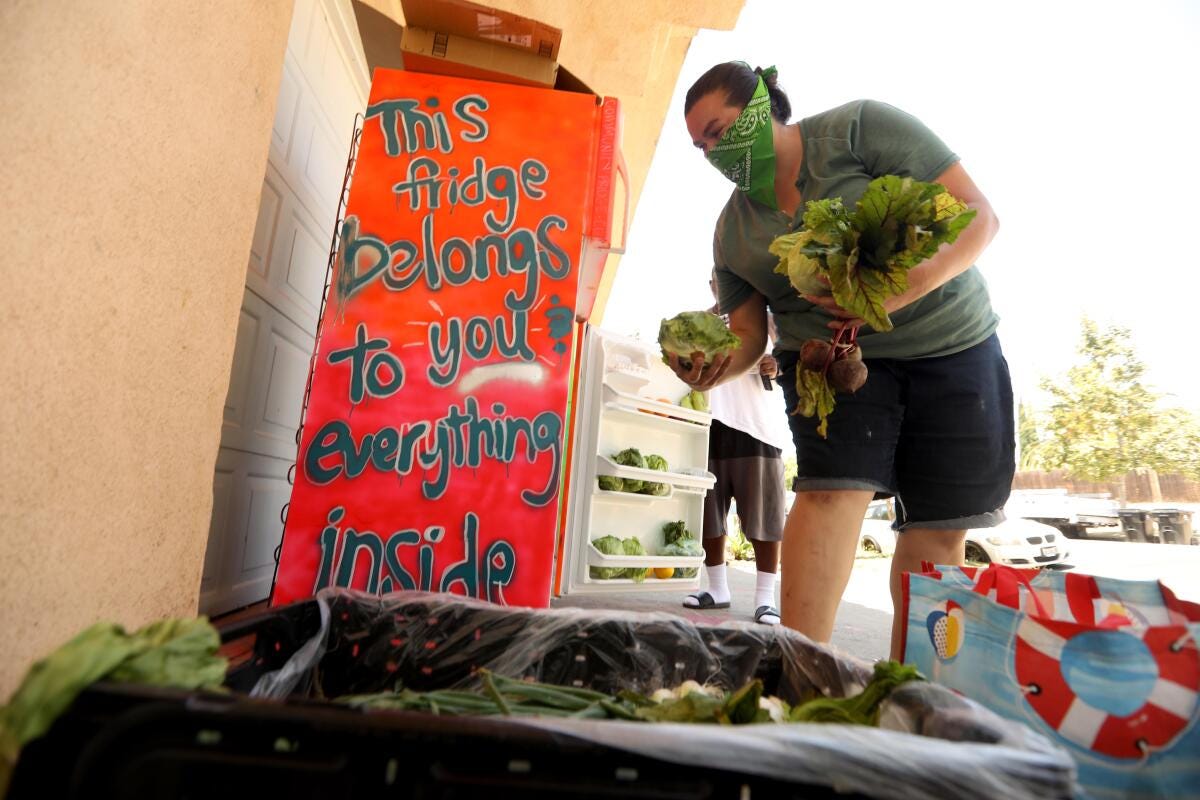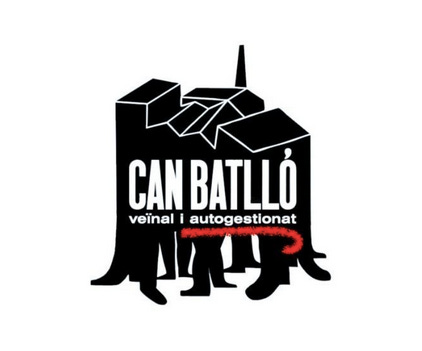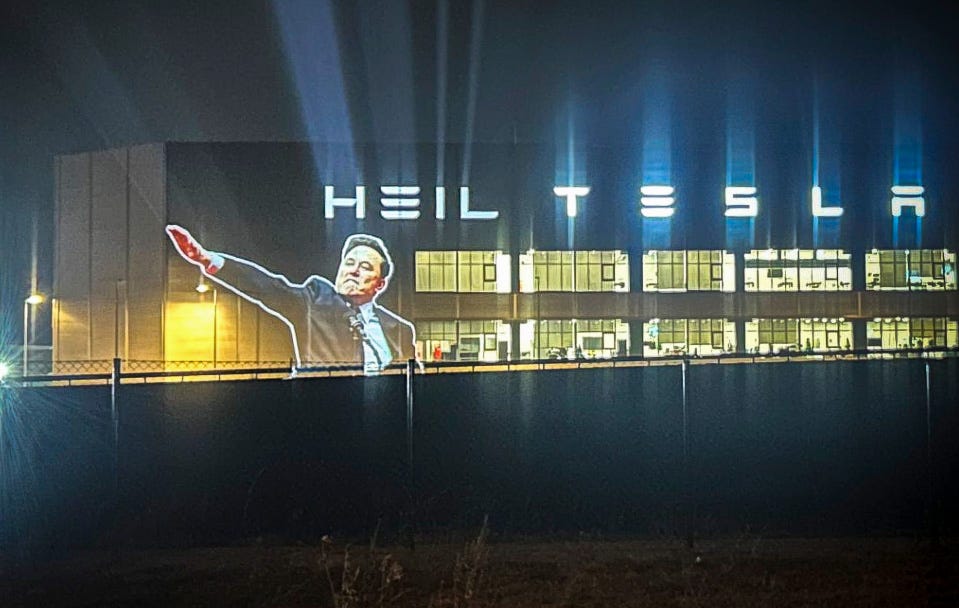Downsizing, decentralize governance and commons.
Fifteen minutes cities are not enough, they are the chaotich-neutral version of the smart cities.
Smart Cities are a dystopian mess. They rely on dual-use technologies like facial recognition, big data, and AI—military-grade tools repurposed for civilian control. There’s no democratic urban planning, just privatized services, mass surveillance, and predictive policing. It’s not hard to imagine the outcome: “Black man walking in a white neighborhood? Deploy the israeli made police drone—battle-tested on civilians in Gaza.”
Adopting these technologies is often just a lazy shortcut to deep-rooted urban problems—corruption, crime, mismanagement of public funds. Smart city projects routinely ignore the social and historical context of neighborhoods. Without that, the tech isn’t just ineffective—it can actively make things worse.
The go-to fix for ungovernable cities has traditionally been to build bloated bureaucracies—dozens of departments, hundreds of offices, and thousands of workers. These structures often suffer from poor communication, slow decision-making, and outdated IT systems. By the time a decision is finally made, the problem has already changed. Civil servants are often too afraid to sign off on anything, paralyzing the system further.
It’s no surprise, then, that real solutions often come from the ground up. Grassroots organizations rooted in local neighborhoods step in, tackling issues like urban planning or access to basic services. Some focus on specific problems; others take on the entire system.
Examples of these actions include citizens building relationships and alliances to create neighborhood energy communities, taking care of neglected public spaces like parks, and organizing movements to close streets to car traffic through events or communal dinners.
“Los Angeles Community Fridges is a network of decentralized, independent refrigerators and pantries that provide food and vital supplies to our communities through mutual aid. Our mission is to strengthen communities & redistribute existing resources by providing tools and frameworks to ensure people-supported, ongoing, equal access to healthy food.”
LACF is the perfect example of something neither smart cities nor 15-minute cities would ever do. Those models would never allow community-run fridges managed by citizens working to build connections between locals and homeless people who walk those streets. The neoliberal model behind smart cities would lock the homeless up in prisons or psychiatric hospitals. The liberal-democratic version of 15-minute cities would push them into overnight shelters. Both would confiscate the fridges and throw away the food. “It’s not legal,” “It’s dangerous,” “It’s on private property,” they’d say.
Read their manifesto. It’s perfect.
“La Plataforma Can Batlló és pel barri neix per a reivindicar la transformació del recinte de Can Batlló que, a partir del Pla General Metropolità de l’any 1976, ha d’esdevenir zona verda i equipaments per al barri.”
The plan, essentially, was to trust the city government to restore an old textile plant and return it to the Sants neighborhood as public space and parks. But the process dragged on too long, so the community gave the municipality an ultimatum: “Restore this site, or we’ll occupy it.” And they occupied itThese are just a few examples of how community-run urban policies can be more effective than top-down solutions—especially when those solutions come from the same neoliberal and liberal-democratic frameworks that created the problems in the first place..
Today, Can Batlló is home to social spaces, art and music venues, community gardens for growing fruits and vegetables, a garage with shared vehicles, a kindergarten, workspaces, and more.
These are few examples of how community runs urban policies could be more effective than top-down solutions, especially if these solutions are made with the same neo-liberal and liberal-democratic backgrounds that are creating the problems.
Fifteen minutes cities (15mC) are a great concept—but almost useless in the way they’re currently being implemented around the world.
The core idea behind this urban planning model is that everyone should have access to essential daily services within 15 minutes on foot, by bike, or via public transport. These cities are typically built around buzzwords like accessibility, disability inclusion, and sustainability. In theory, they should be shaped through participatory budgeting, citizens’ assemblies, open meetings, and similar democratic processes.
My point is this: if Smart Cities are urban dystopias, fifteen-minute cities are either large-scale neighborhood gentrification projects or irrelevant—especially in small- to medium-sized European cities, which already function like 15-minute cities. (The U.S. isn’t considered here; a car-centric country like that would have to be torn down entirely just to build one proper sidewalk.)
So building walkable cities with green corridors and patios for bars and restaurants—without addressing the structural problems that affect daily life, like inequality, racism, sexism, pollution, overtourism, the commodification of housing, and the lack of free space for sports, art, and leisure—is pointless. You’re just creating a gift-wrapped package for Airbnb and investment funds.
As the title of this article suggests, I believe there are three key words to keep in mind when planning a human-scale city—from government strategy to on-the-ground action.

Downsizing means avoiding the creation of bloated government machinery that gets bogged down by poor communication, outdated IT systems, or budget cuts. A city government’s goal should be to respond quickly, but always with a long-term vision. Fixing a street isn’t just about fixing a street—it’s about restoring the community’s ability to participate in urban life. And by “street,” I also mean things like internet access, sidewalks, transit stops, water pipes, and so on.
This kind of work would be far more effective if, instead of constantly expanding the city bureaucracy by adding new offices, we operated at a smaller scale. Acting locally means putting communities—not city managers—at the center. (The mayor should be the city manager, right?) It means making decisions based on residents’ needs, not investors' demands. Take the example of converting an old textile factory into a self-managed social center instead of selling the land to developers. The community needed public, social space—not another block of apartments. Downsizing, to me, doesn’t mean outsourcing; it means decentralizing decision-making power.
Decentralizing governance is essential to making downsizing work. It lets us shrink the government apparatus without sacrificing effectiveness—and it brings decision-making closer to where the actual needs are. Importantly, I use the word community, not citizens, when I talk about the people who make up a city. Framing urban life around isolated individuals reflects the logic of neoliberal policies—those same Smart City models that fragment social life, weaken relationships, and turn public goods into private ones. Prioritizing individuals in policymaking just invites the wealthiest and most powerful to influence government decisions more than any collective ever could.
Decentralization helps counter this fragmentation and protects the commons—our shared spaces and services. Building a network of community assemblies and similar governance structures, where local groups can discuss, approve, and manage funds for social and urban policies in their own parts of the city, allows city governments to better understand the diverse realities that make a city truly alive. It also helps mayors and public officials discover adaptable, alternative solutions. Of course, I’m not talking about decentralizing basic infrastructure like sewage or water systems. I’m talking about things like managing renewable energy through community-based energy groups, deciding which streets should be closed to traffic, how many apartments go on the short-term rental market, and how the profits from community-owned rentals are used.
Governance also means keeping records and providing proof of how decisions are made. Doing this through a decentralized network of local organizations can be complex—but there are many tools to support it, most of them digital. One possible tool, for example, are blockchain technology and Decentralized Autonomous Organizations (DAOs).
Right now, blockchain is mostly known as something tied to cryptocurrencies—and cryptocurrencies are mostly known for being associated with Elon Musk, Peter Thiel, Donald Trump, and other billionaire fascists and idiots.
But blockchain, in itself, is much more than that. It can be described as a “public record of time-stamped transactions that is reinforced by the computational efforts of the decentralized network of ‘miners’ (people controlling computational nodesthat arevalidating transactions).” The key points are:
Blockchain is a public record—a universal ledger where participants validate each other.
It’s based on decentralized transactions—no central authority.
Every transaction is public from the beginning, and you can trace the history all the way back to the first entry.
Blockchain isn’t just about money—cryptocurrencies became money because people collectively decided they had value.
In our context, it’s DAOs—Decentralized Autonomous Organizations—that matter. DAOs are “organizations such ascompanies or government institutions that are managed by means of decentralized, blockchain-basedinteractions –can be (re)organized and managed through blockchain technologies.”
So to wrap this up: blockchains and DAOs give us the tools to build new models of governance that don’t rely on slow, centralized institutions. As people on the left, we can’t afford to ignore this. We can’t let a handful of cryptofascists dominate the digital infrastructure of the future and turn this century into the era of the KKK—this time armed with billions and servers.
Blockchain and DAOs, like any technology, are not neutral. Their nature depends entirely on the architecture we choose to give them.
Commons might be the cornerstone of everything I’ve written so far, because decentralization and downsizing are meaningless if communities don’t own what they need. Communities shouldn’t be dispossessed or alienated from the things currently labeled as “public goods” or “private goods”—things like parks, housing, energy, grocery stores, schools, and so on.
Communities should be able to manage everything necessary to meet their basic needs. Every community should own a grocery store, a social center with space for sports and leisure, renewable energy infrastructure like solar panels or wind turbines, pharmacies, kindergartens, parks, and more.
Once we understand that these services can be run collectively, in a decentralized way—and still remain open to people from outside the immediate neighborhood—then maybe we can finally build a city that isn’t a dystopian nightmare or a gentrified non-place.PS: If you let a bunch of Nazis build an AI (like those famous South African-American billionaires did), don’t be surprised when it starts posting Nazi garbage on the social media platform formerly known as Twitter.
Commons might be the cornerstone of everything I’ve written so far, because decentralization and downsizing are meaningless if communities don’t own what they need. Communities shouldn’t be dispossessed or alienated from the things currently labeled as “public goods” or “private goods”—things like parks, housing, energy, grocery stores, schools, and so on.
Communities should be able to manage everything necessary to meet their basic needs. Every community should own a grocery store, a social center with space for sports and leisure, renewable energy infrastructure like solar panels or wind turbines, pharmacies, kindergartens, parks, and more.
Once we understand that these services can be run collectively, in a decentralized way—and still remain open to people from outside the immediate neighborhood—then maybe we can finally build a city that isn’t a dystopian nightmare or a gentrified non-place.






